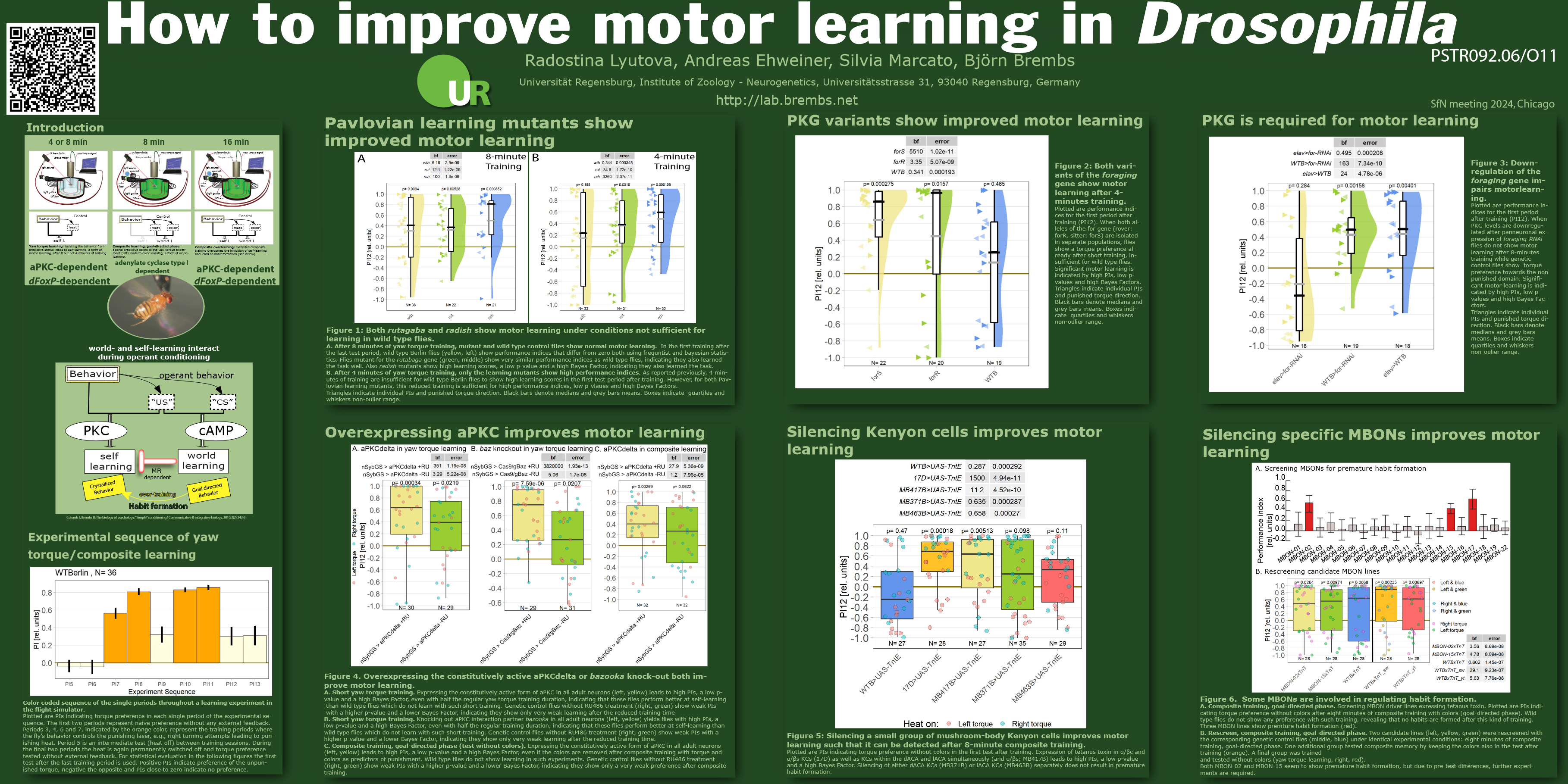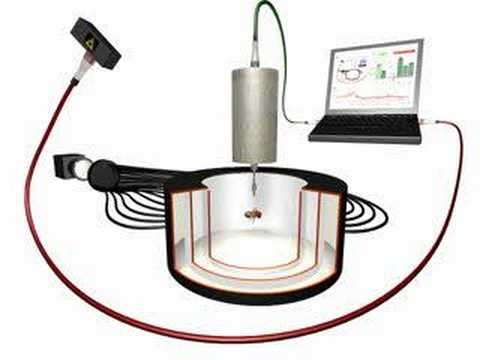CRISPR/Cas9-based genome editing of the FoxP locus in Drosophila
- Version
- Download 2530
- File Size 29.64 MB
- File Count 1
- Create Date October 31, 2018
- Last Updated October 31, 2018
CRISPR/Cas9-based genome editing of the FoxP locus in Drosophila
In humans, variants of the Forkhead Box P2 (FOXP2) gene can cause severe speech and language disorders (verbal dyspraxia). The FoxP2 gene sequence is highly conserved in vertebrates and orthologs of the FoxP gene family exist in all bilaterians. Paralleling the interpretation of the verbal dyspraxia in FOXP2 patients as a motor deficit, FOXP1 patients show additional motor deficits, e.g. delayed development of walking. The Drosophila melanogaster ortholog, dFoxP, provides an opportunity to study the evolutionary conserved function of this gene family in operant self-learning, a type of motor learning. Operant self-learning of yaw torque (attempted rotations around the vertical body axis) in tethered flies is conceptually analogous to vocal learning: Vocal learning by imitation is a form of motor learning that proceeds slowly from “babbling” in humans and “subsong” in birds, towards speech and language in humans and crystallized song in birds. Analogously, flies tethered at the torque meter first initiate erratic exploratory actions followed by a reduction in behavioral variability as a result of sensory feedback. In vocal learning, the feedback shaping the motor actions is auditory, in flies we use heat to indicate motor errors. The analogy between fly operant self-learning and vocal learning is more than superficial: In humans and song birds, alterations of the FOXP2 gene cause a deficit in vocal learning. Also in flies, alterations of the dFoxP gene cause a deficit in operant self-learning, but leaving other forms of learning intact. In this work, we generated three transgenic Drosophila lines using the CRISPR/Cas9 technology: a conditional knockout of the dFoxP gene in a spatio-temporally controlled manner, a null-mutant knockout, and a knock-in of the Gal4 reporter gene sequence directly into the FoxP gene. Due to this latter knock-in reporter, we were able to study FoxP gene expression at the cellular level and compare it with previously existing fly lines where FoxP had been tagged. These lines also enabled us to specifically study the expression of the IsoB isoform, which was previously associated with operant self-learning. Gene expression profiles were generated at the embryonal, larval, pupal and adult stage. In addition to the expression pattern, we also performed a behavioral characterization of the FoxP manipulated lines with regards to their performance in experiments testing spontaneous behavior, operant learning and decision making.















